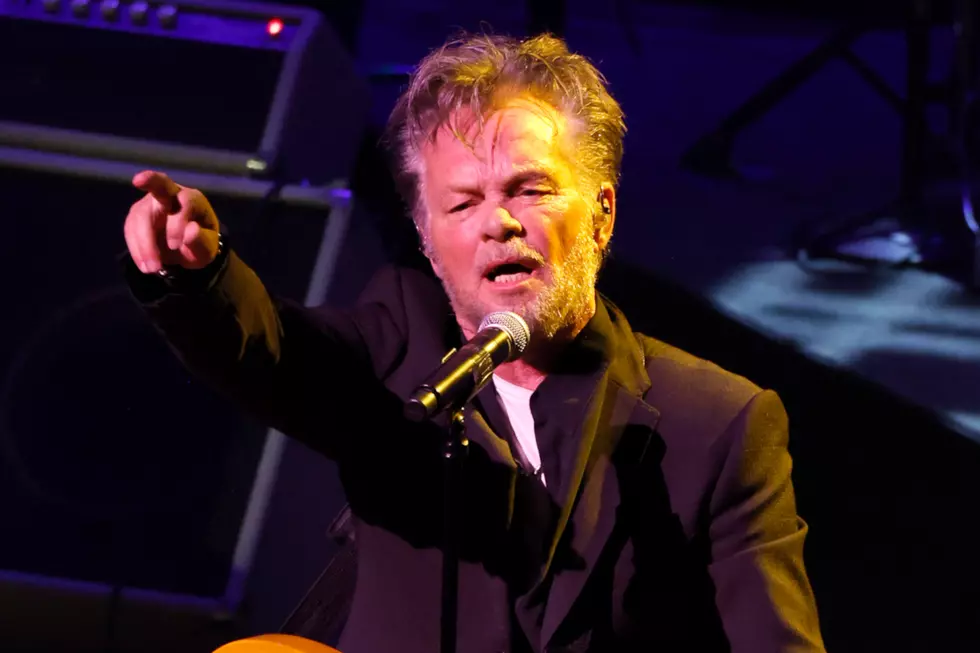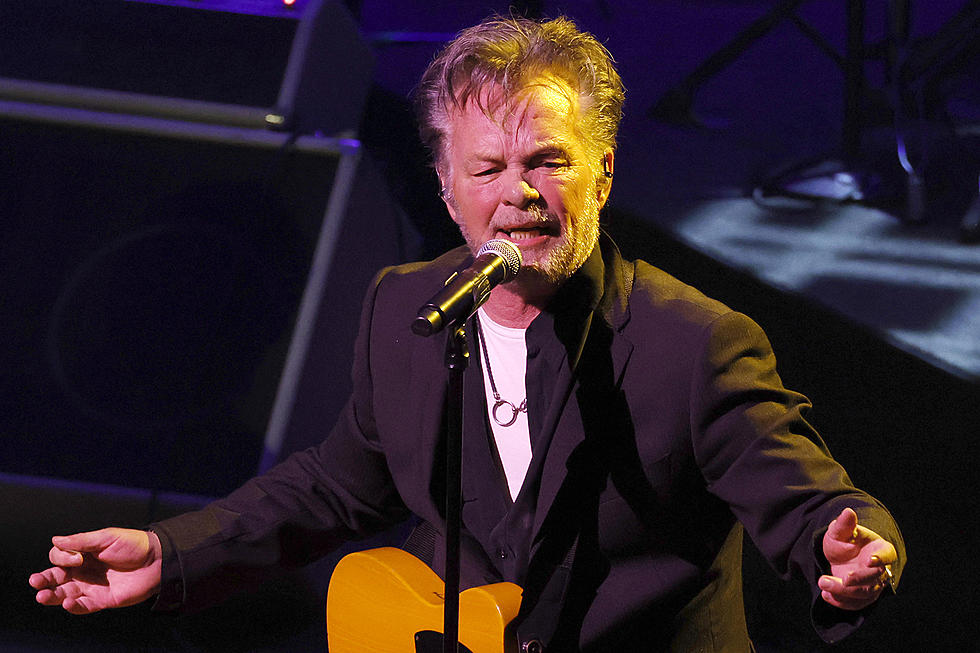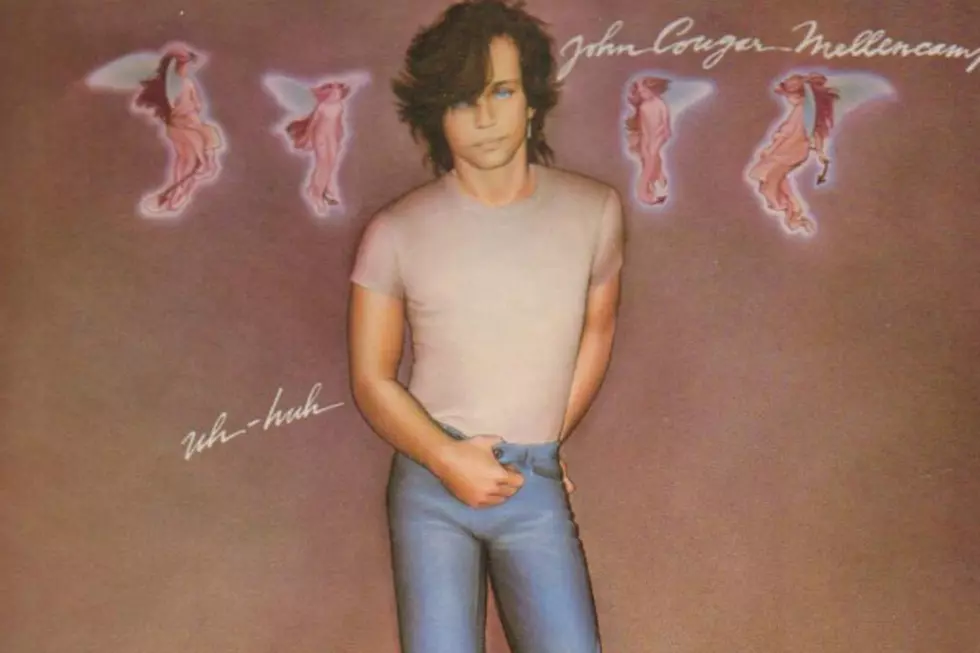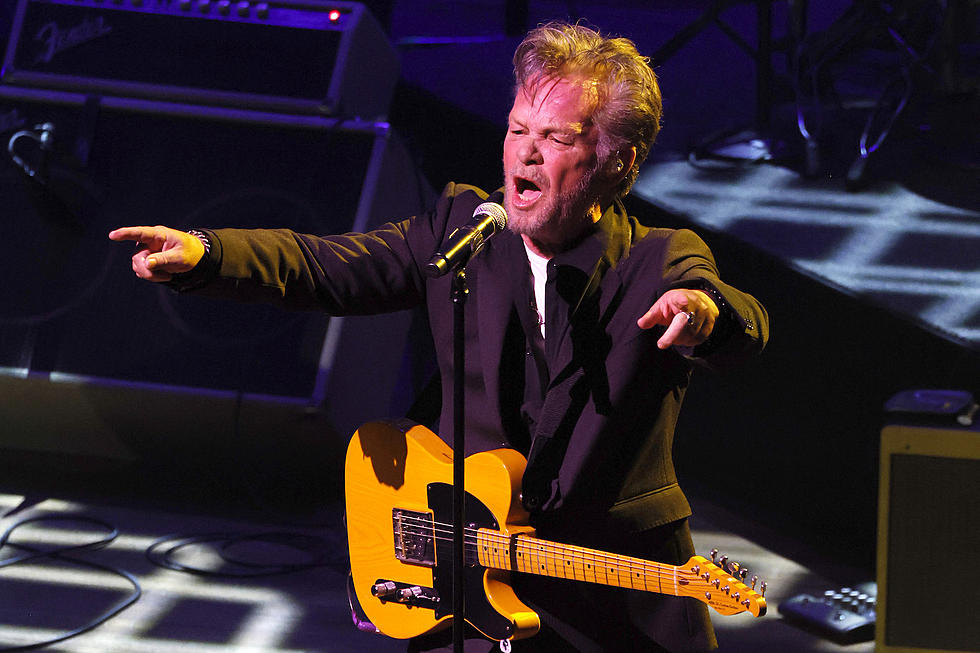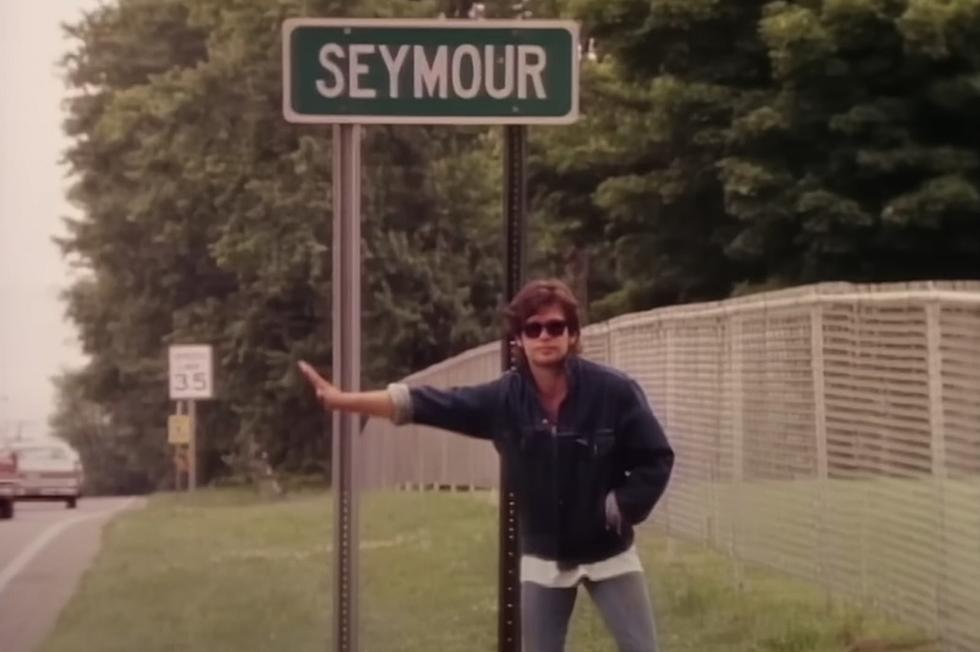
When John Mellencamp Dug Up Americana Roots on ‘Scarecrow’
In more ways than one, Scarecrow was John Mellencamp's second act.
Up until his seventh album's release on Nov. 4, 1985, the singer-songwriter battled his record company, his image and his purpose. But everything changed here. The transformation sprouted its roots on his previous album, 1983's Uh-Huh, in which the artist, having finally scored big the year before with American Fool, won the right to credit his real surname on the cover. He had to settle for a compromise – that ridiculous "Cougar" stage name wasn't going anywhere yet – but the victory was big enough to matter.
Uh-Huh also included his first fully formed shot at breaking the hard-ass rocker image the record company had shaped for him on his first Top 40 hit, 1979's "I Need a Lover," "Pink Houses" (though American Fool's "Jack & Diane" came close). But Scarecrow was (mostly) a full album of smart, heartland-inspired and Americana roots-pulling rock 'n' roll. And the compromises this time were few.
Lyrically, Mellencamp was moving worlds away from "I need a lover that won't drive me crazy / Some girl that knows the meaning of 'Hey, hit the highway.'" On songs like "Rain on the Scarecrow," "Small Town," "Minutes to Memories," "The Face of the Nation" and "Between a Laugh and a Tear," Mellencamp crawled into the working-class souls of the people he grew up with, and sighed and seethed at the hardships caused by Reaganomics.
At times, Scarecrow is a battle cry; other times, it shrugs at its plight and just does the best it can.
More so than an any other album released during this period when artists as varied as X, Los Lobos and Elvis Costello were uncovering their own versions of roots music, Scarecrow is the sound of reinvention, a deliberate attempt at finding identity and purpose within a singer and songwriter who just a few years before revealed little if any depth. It's a defining work that has settled into its role with age.
Still, nobody was really sure how this would play at the time. The album's first single, "Lonely Ol' Night," while rootsy enough in musical spirit, wasn't exactly a lyrical masterstroke and far from representative of the album's overriding themes. The record's biggest single, "R.O.C.K. in the U.S.A.," steered away from this territory too. Scarecrow's best songs – including "Small Town," which reached the Top 10 – went deeper and revealed more scars beneath the surface. And they're the real pulse of Scarecrow's heartland.
But they all opened up Mellencamp as a serious artist, with his name now mentioned in the same breath as Bruce Springsteen (rather than, say, Billy Squier). He'd explore even more shades of Americana (with accordion, banjo, fiddle, mandolin and other acoustic instruments) on his next album, 1987's The Lonesome Jubilee, before finally getting to the point, on 1991's Whenever We Wanted, where he could drop the "Cougar" for good. Scarecrow is the moment where his past became a distant memory and he finally found his voice.
Rock's 100 Most Underrated Albums
Odd Couples: John Mellencamp and Mick Ronson
More From Ultimate Classic Rock
